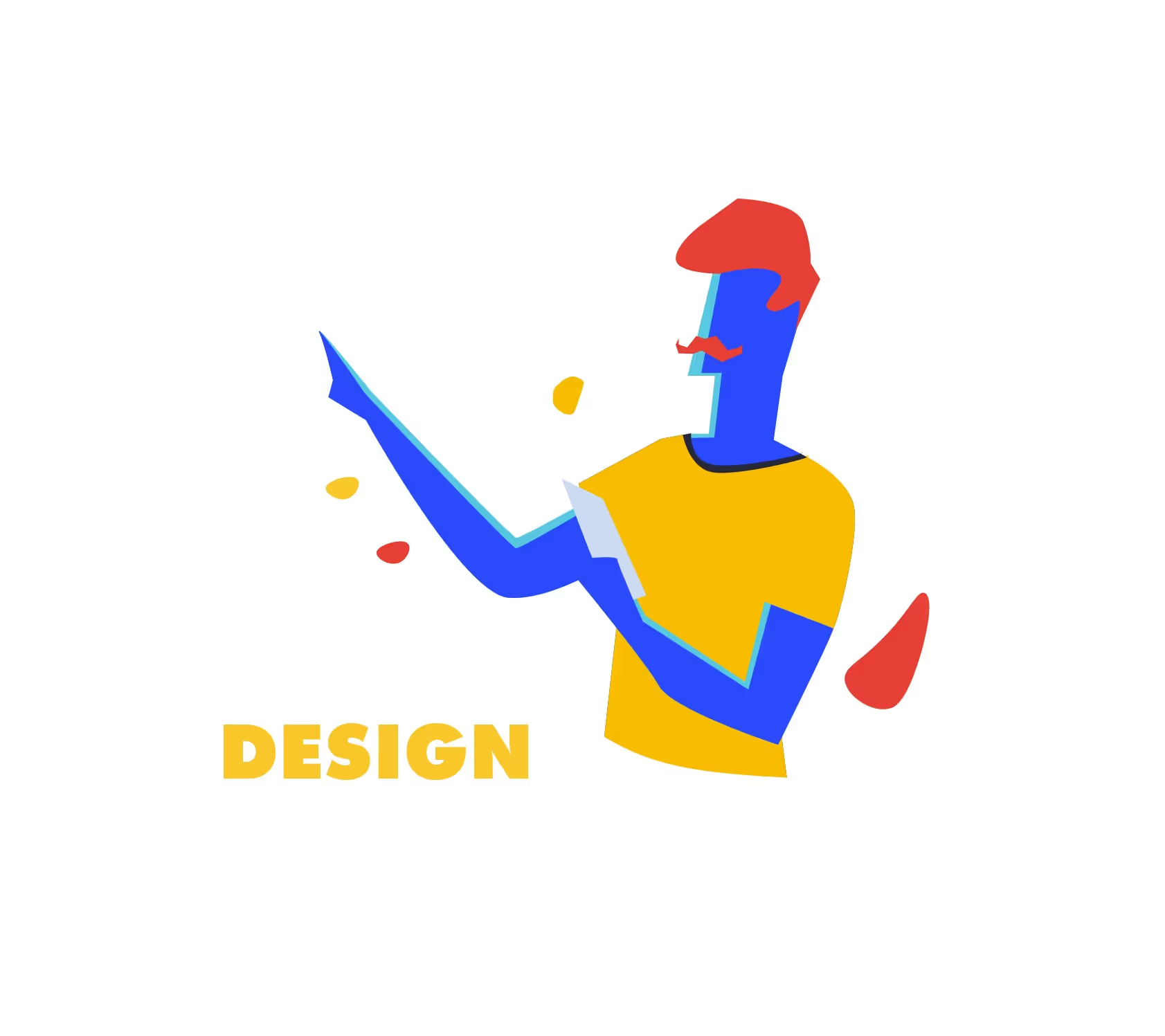Sommaire
Un projet en tête ? Travaillons ensemble.
Plutôt Design Hacking que Design Thinking.
Chez 40/60, nous grandissons avec une conviction forte : les idées n’ont d’intérêt que si elles atterrissent et se concrétisent dans le monde réel. Or, aujourd’hui, une grande majorité des innovations sont abandonnées. Elles ne dépassent pas le stade de l’idée, sont mises de côté faute d’investissement ou ne rencontrent pas leur public. Alors, comment réussir à lancer LA bonne idée ?
Avez-vous testé le Design Hacking ?
Le Design Hacking est une méthode de conception cherchant l’accord parfait entre un produit et son marché (product market fit). Elle suit l’ensemble des phases de conception et de développement d’un produit et/ou service en fusionnant esprit et techniques des designers avec ceux des growth hackers.
Le Growth Hacking

À l’origine, il y a un concept: le Growth Hacking.
Le Growth Hacking est un ensemble de techniques — ou « hack » — utilisées par les startups technologiques pour accroître rapidement leur base utilisateurs, et ainsi leur croissance.
Les growth hackers travaillent à partir d’un framework: le tunnel AARRR qui structure les différentes étapes de développement de la base utilisateur du produit/service.
- L’acquisition est la première étape. Elle regroupe tous les moyens que les growth hackers mettent en place pour faire connaître leur produit/service. On la mesure souvent par le volume du trafic sur le site web (taux de clic).
- L’activation détermine si le prospect est prêt à utiliser le produit/service. Elle se traduit souvent par le nombre d’inscriptions (récupération des mails).
- La rétention vise à convertir ces prospects (ou “leads”) en utilisateurs réguliers. Il s’agit de déployer un certain nombre d’actions pour les inciter à revenir sur le site web.
- Le “referral” (ou recommandation) représente les moyens mis en place pour pousser les leads à inviter d’autres personnes à utiliser votre produit/service.
- Le revenu est la dernière étape du tunnel. Elle vise à générer et augmenter les revenus par utilisateur, c'est-à-dire maximiser le taux de conversion du produit/service.

Mais le Growth Hacking est avant tout un état d’esprit, porté par une figure forte : le Growth Hacker.
Ce dernier se considère souvent comme un « pirate », une personne qui n’hésite pas à tester différentes actions, parfois non conventionnelles, pour aboutir à un but précis : la croissance rapide et exponentielle de son produit. Le growth hacker traque, analyse et oriente les comportements utilisateurs sur le web pour les convertir petit à petit en clients, recueillant au passage un maximum de connaissance sur ces derniers.
Le Design

Le designer porte la vision produit et utilisateur.
Il explore les usages et comportements des individus, analysant comment ces derniers interagissent avec leur environnement et le produit/service proposé. En fonction de leurs retours, il optimise son produit/service pour garantir la meilleure expérience possible pour chaque utilisateur.
Tout comme le growth hacking, le design est avant tout un état d’esprit. Le designer place l’humain au centre du processus de conception, adoptant une démarche empathique afin de comprendre ses émotions, problèmes et besoins. En fonction de ses observations, il imagine et prototype des solutions, les teste auprès des utilisateurs et améliore son produit/service en fonction. Cette démarche cyclique, itérative et expérimentale est la pierre angulaire de tout designer.
Le Design Hacking

L’humain a de multiples facettes et agit différemment sur le web que dans le monde réel. Pour appréhender l’ensemble de ses comportements et concevoir des produits/services adaptés, il est nécessaire d’explorer les deux canaux. C’est là que le designer et le growth hacker se rencontrent : leurs méthodes sont toutes les deux centrées utilisateurs.
En confrontant leurs visions, idées et pratiques, le designer et le growth hacker se challengent et se nourrissent, validant des hypothèses et perfectionnant progressivement le service/produit à développer. Les décisions prises sont ainsi pragmatiques et 100% orientées utilisateurs.
La rencontre du design et du growth hacking a ouvert une fenêtre d’opportunité unique en matière de développement de produits. En fournissant, en temps réel, une validation du concept par l’utilisateur lui-même, le design hacking permet de convaincre sans détour, apportant de la confiance dans l’investissement futur et garantissant la conception de produits/services alignés sur les véritables attentes des individus.


































